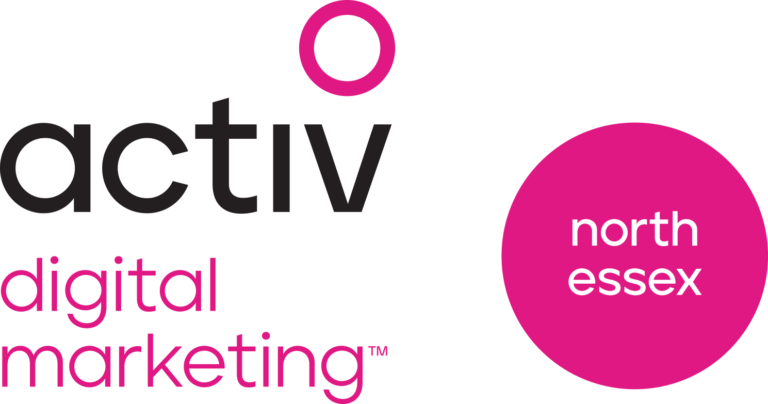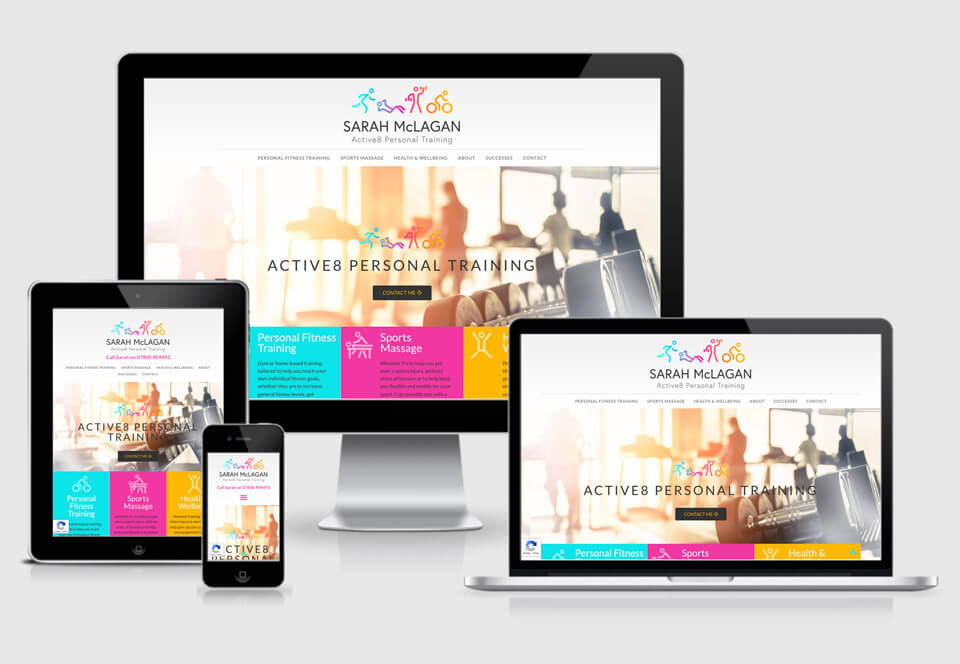Trouble with your logo ?
Picture this scenario… You’ve just paid a friend to create a logo for you on Canva, you then decide to invest in a new website and suddenly your web designer says your logo is too small and not fit for use. Uh-oh! This may mean investing in another branding service to get it right for all of your other marketing materials. This is just one of several reasons we would advise working with a branding or graphic design professional when it comes to your brand or logo.
This certainly isn’t a criticism of Canva, we’re big fans! It’s an excellent tool, but using it to create your brand from scratch can be limiting. Let’s look at the bigger picture and break down the importance of branding.
What is branding?
It’s so much more than just a logo. Your brand is the overall image that your customers or potential customers have of your business. It helps both team members and consumers identify your business, services or products, and it can take some time to get it right.
Outlining a brand from the offset can control the image you want people to see in the marketplace, before they make up their own minds about you. A brand consists of a visual identity but also a deep-rooted purpose and culture of your business. Your brand should then be echoed through everything you do. From how you approach customer service, to staff uniforms and business cards.
It’s then even more important to ensure that touchpoints, such as your logo, are of the correct size or file type. Nobody wants a pixelated logo on their literature that’s hard to read or it will give customers the wrong impression of your professionalism.
Wrong file type?
Let’s begin to delve into some of the different file types, so the next time you want to work with a marketing agency, you’ll have the knowledge (with the correct files) to hit the ground running. There are many many file types but here 5 common ones to get you started:
- JPEG (Joint Photographic Experts Group) – One of the most common file types and one you will probably be used to seeing. Ideal for saving digital photographs and images to be published on the web but not suitable for high-quality print.
- PDF (Portable Document Format) – a file designed to be viewed on any computer, used when you need to save files that cannot be modified but still need to be easily shared and printed.
- PNG (Portable Network Graphics) – particularly popular file type with web designers because it can handle graphics with transparent or semi-transparent backgrounds.
- PSD (Photoshop Document) – part of Adobe Creative Cloud – a popular graphic editing software, used by graphic designers. Files are created in layers, making it possible to edit and resize.
- EPS (Encapsulated Postscript) – a vector format file, ideal for scalable high-resolution graphics for print. Ideal to share with marketing agencies working on branded materials for your business.



